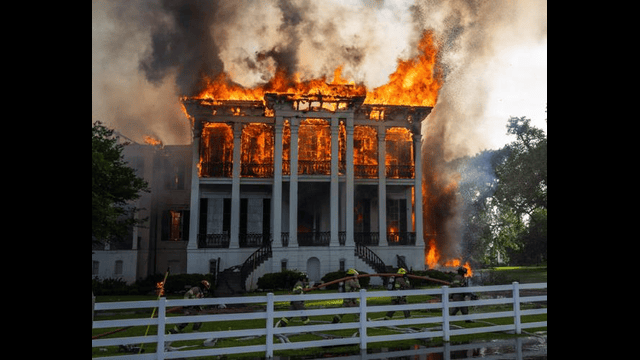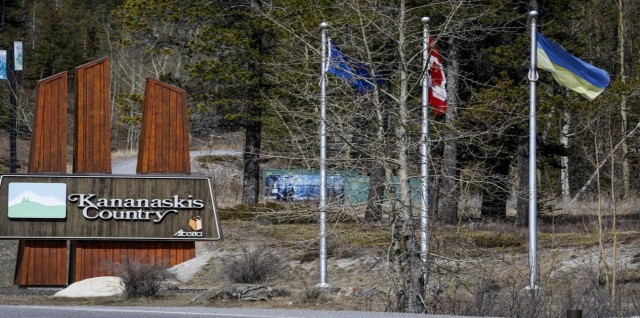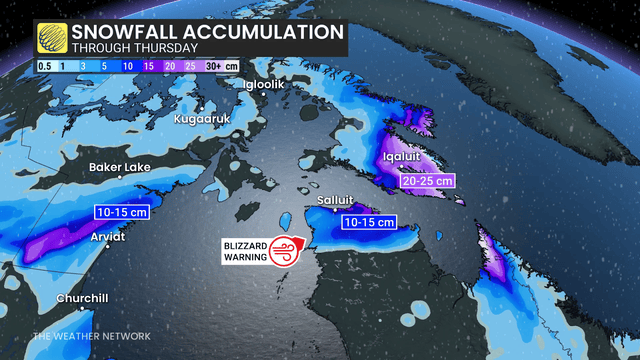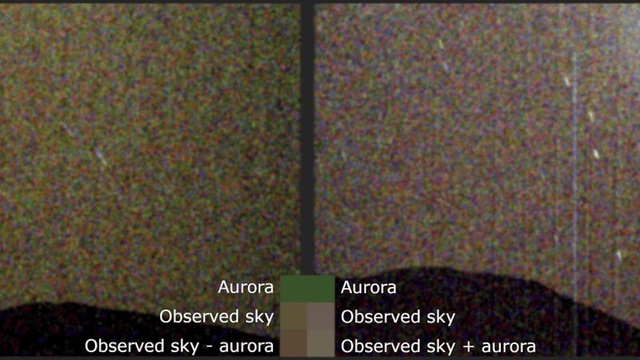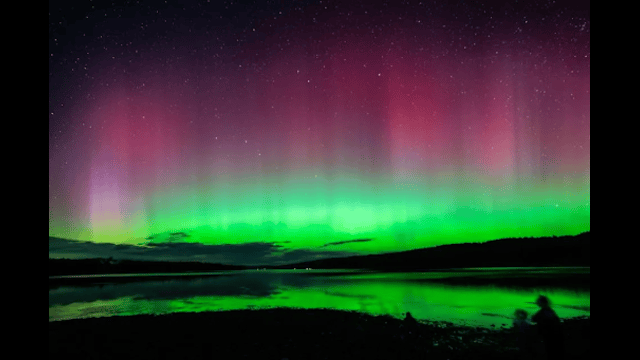
Bright auroras from Northern Lights 2025 in U.S. sky
People living in northern U.S. states could see a rare and beautiful display of the Northern Lights this weekend. Experts say skywatchers may spot the glowing lights late Saturday night into early Sunday morning.
This happens after a huge solar flare hit earlier this week — the strongest flare of 2025 so far. The light show may stretch across parts of the U.S.-Canada border and could be visible in states that usually don’t see auroras.
When and Where to Watch
The glow is expected to start around 5 a.m. EDT on Sunday, May 18. But forecasts can change. It might begin a little earlier or later. The brightness of the aurora could also increase if space conditions become more active.
Clear skies are key. If the weather is good and you are far from city lights, your chances are better. A dim moon also helps, and on this night, the moon rises late, which is perfect.
States Likely to Catch the Northern Lights
If you live in or near these places, you might get lucky:
- Alaska
- Northern parts of Washington, Idaho, Montana, and the Dakotas
- Minnesota
- Northern Michigan and Wisconsin
- Northern Maine
In a stronger storm, places even farther south — like New York or Idaho — might see it too.
Why the Northern Lights Are Happening
This sky event is linked to what’s called a “geomagnetic storm.” That happens when energy from the sun hits Earth’s magnetic field. These storms make the sky light up with colors, mostly green and red. It’s like Earth’s own natural fireworks.
The aurora usually stays near the North and South Poles. But during solar storms, it can stretch farther. The solar activity behind this event is strong, though slightly less intense than the peak seen in late 2024.
What the Science Says
The strength of the aurora depends on something called the "Kp index." This time, it’s expected to be about 4.67. That means the aurora will move farther from the poles, shine brighter, and show more movement and patterns in the sky.
For the best chance to see it, check the latest updates online. Weather and space forecasts can shift fast, so it’s good to stay informed.
Solar Flares: The Reason Behind It All
On May 13 and 14, the sun released strong solar flares. These are powerful bursts of energy. The ones released this week were the biggest this year. Two smaller ones followed right after. All of these flares sent waves of charged particles toward Earth, which can create the Northern Lights.


